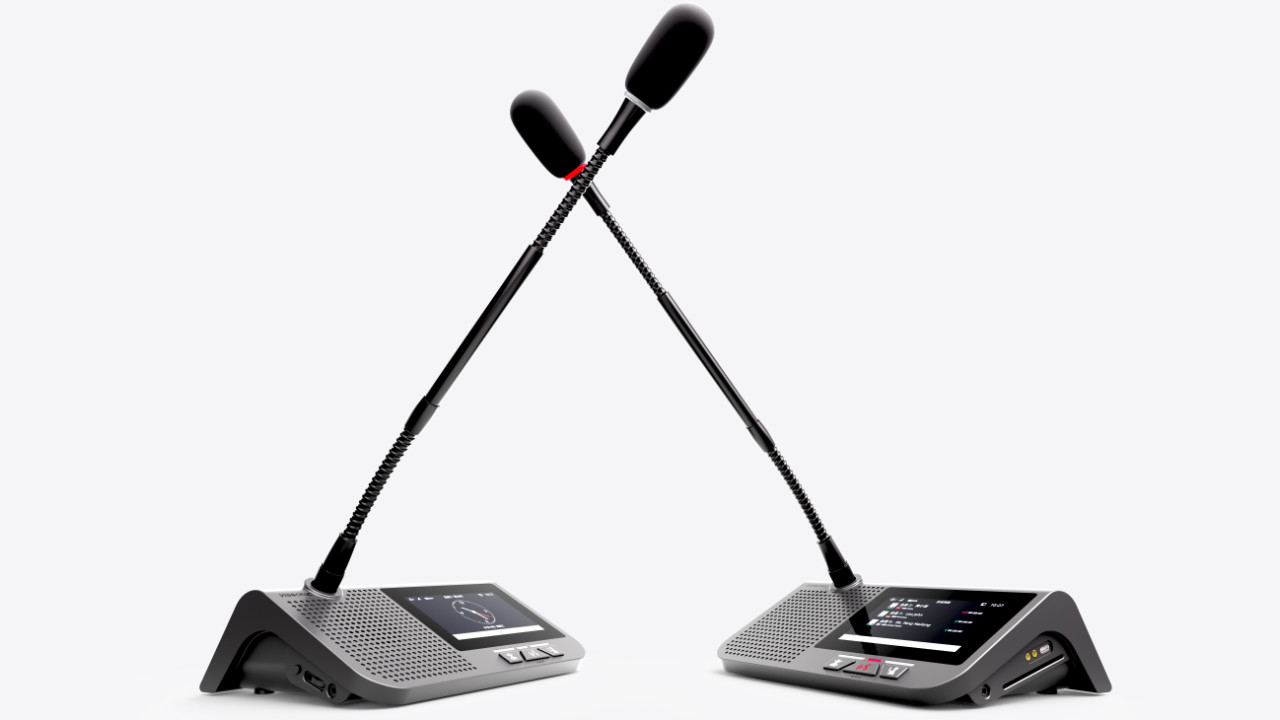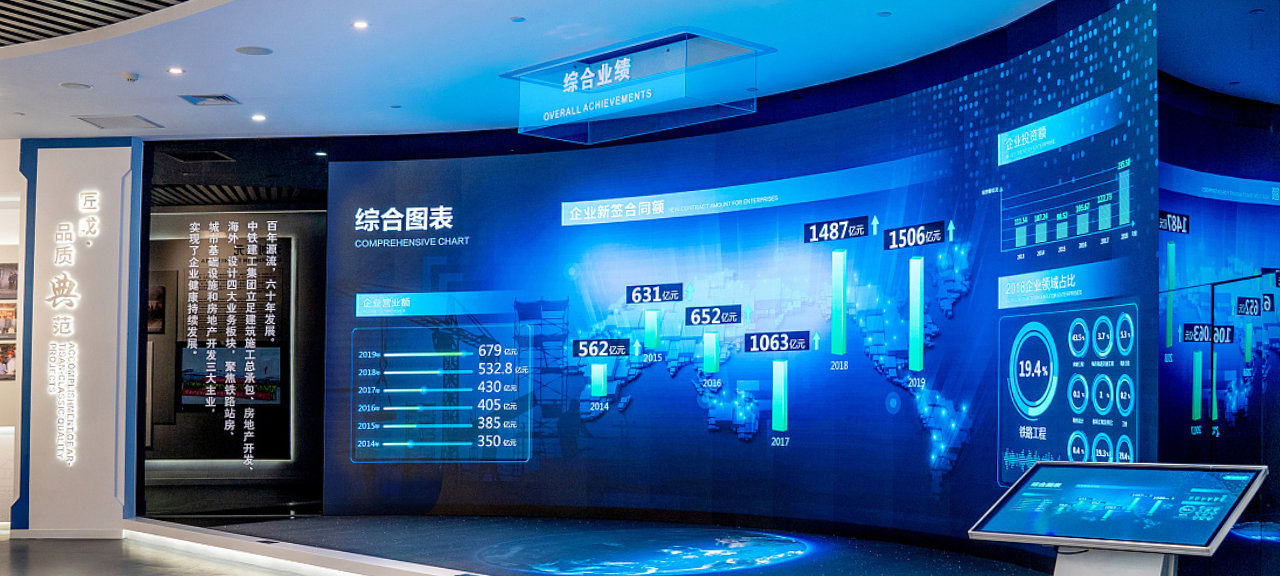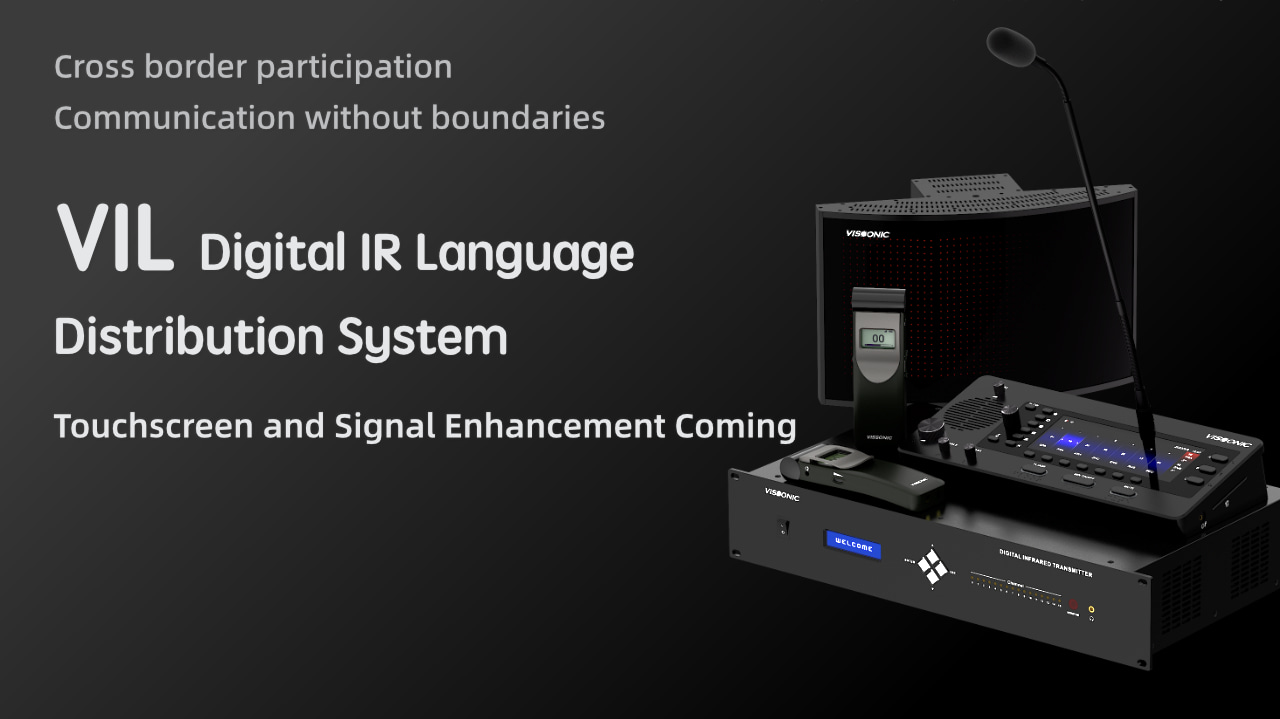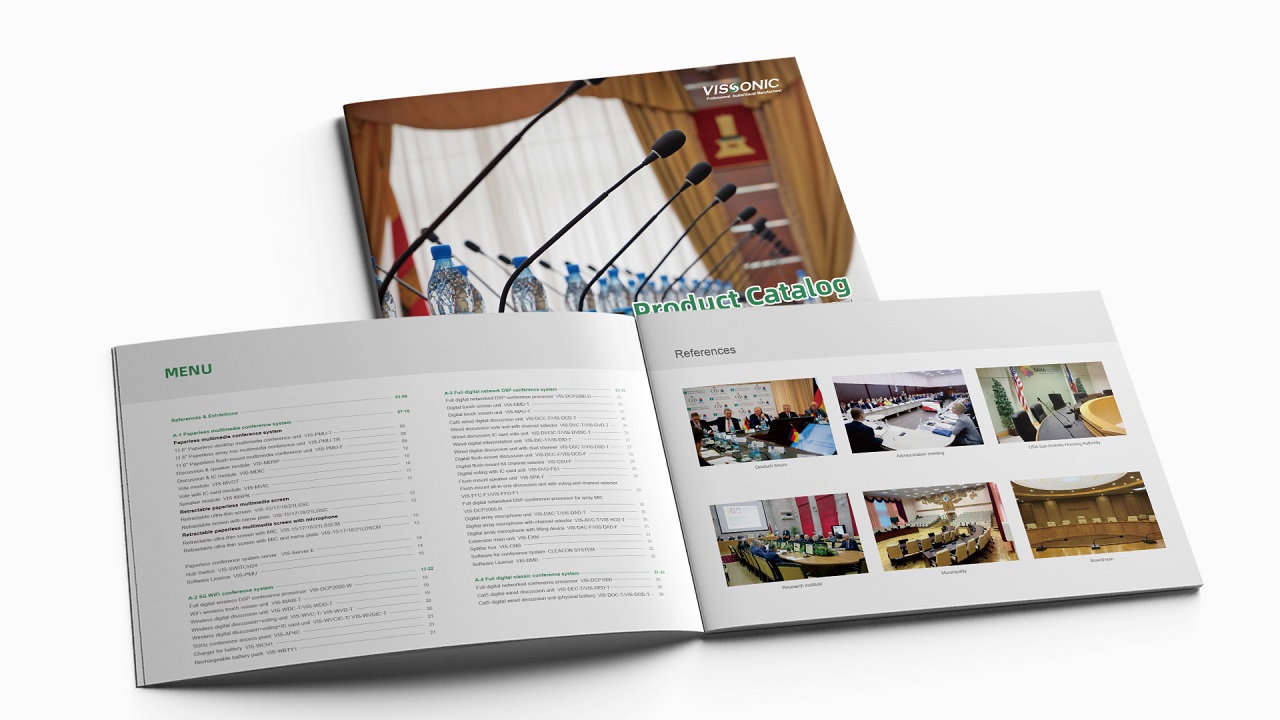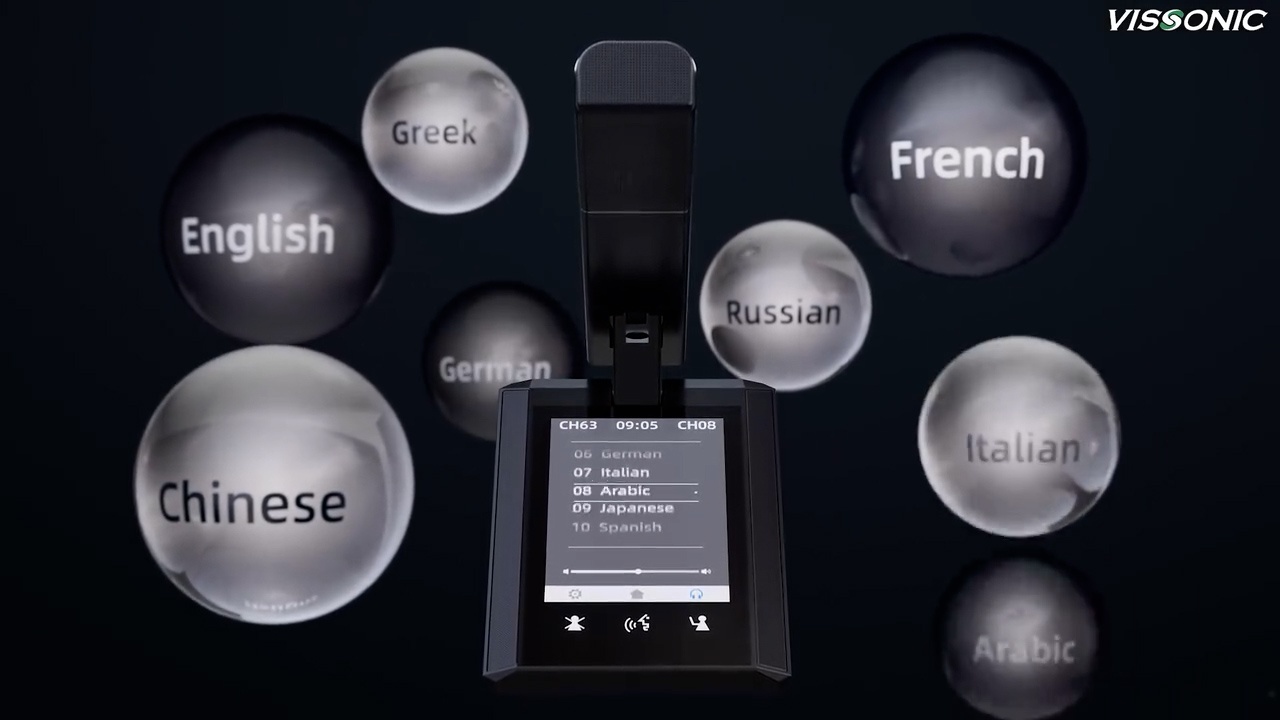Guide to Choosing Wireless Conference Systems
Choosing a wireless conference system requires careful consideration of several factors to ensure that it meets the needs of your conference or meeting environment. Here's a guide to help you select the right wireless conference system:
Determine your Requirements: Assess your specific requirements and objectives for the wireless conference system. Consider factors such as the number of participants, room size, room layout, desired audio quality, and any additional features or functionalities you may need.
Audio Quality: Look for a wireless conference system that provides clear and high-quality audio. Consider systems that offer noise cancellation, echo suppression, and advanced audio processing technologies to ensure optimal sound clarity and intelligibility.
Wireless Range and Coverage: Evaluate the wireless range and coverage capabilities of the system. Consider the size of your conference room or venue and ensure that the wireless system can cover the entire area without signal dropouts or interference.
Number of Microphones: Determine the number of microphones you require for your conference setup. Some wireless conference systems support a fixed number of microphones, while others can accommodate expansion units for additional microphones. Ensure that the system can handle the desired number of microphones for your specific conference needs.
Microphone Types: Consider the microphone types available with the wireless conference system. Common options include handheld microphones, lapel or lavalier microphones, gooseneck microphones, and boundary microphones. Choose the microphone types that best suit your conference requirements and participant preferences.
Connectivity Options: Check the connectivity options provided by the wireless conference system. Look for systems that offer versatile connectivity, such as wireless connections via Bluetooth or Wi-Fi, as well as wired connections for compatibility with different audio sources and devices.
Ease of Setup and Use: Consider the ease of setup and operation of the wireless conference system. Look for systems that are user-friendly, with intuitive controls and menus. Quick and hassle-free setup and configuration can save time and ensure a smooth conference experience.
System Integration: If you have existing audio or video equipment in your conference room, consider the compatibility and integration options of the wireless conference system. Look for systems that can seamlessly integrate with your existing AV infrastructure, such as audio mixers, amplifiers, video conferencing systems, or recording equipment.
Battery Life and Charging: If the wireless conference system uses battery-powered microphones or devices, check the battery life and charging options. Longer battery life ensures uninterrupted conference sessions, and convenient charging methods, such as docking stations or USB charging, can simplify maintenance and usability.
Expandability and Scalability: Consider the expandability and scalability options of the wireless conference system. Determine whether the system allows for adding more microphones or expanding the coverage area in the future if your conference requirements change or grow.
Budget: Establish a budget for your wireless conference system and consider the cost of the system, including any additional microphones or accessories. Compare different systems based on their features, quality, and value for money.
Reviews and Recommendations: Research and read reviews from other users or industry professionals to get insights into the performance and reliability of different wireless conference systems. Recommendations from trusted sources can help guide your decision-making process.
By considering these factors, you can select a wireless conference system that suits your specific requirements, enhances communication, and delivers a seamless conference experience for all participants.
For more information, please contact us. We will provide professional answers.

